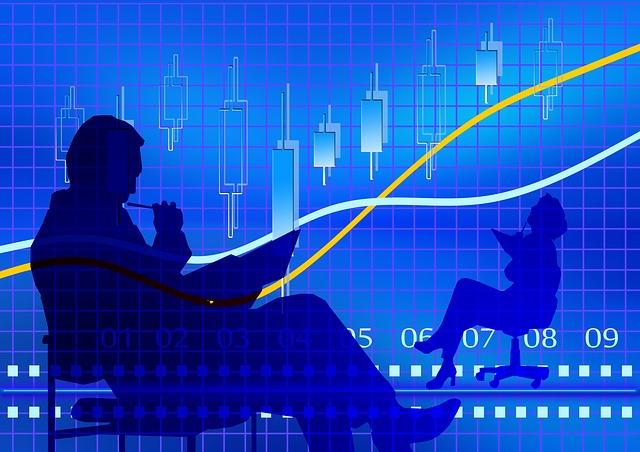Trading is a huge, complex place. There are multiple markets in which you can trade in, each one dealing with different things. You can trade stock, foreign currency, or capital assets, depending on which market you choose.
The most well-known market of trading is stock trading. Within this market, there is primary and secondary market trading. They represent different ways for you to buy and sell things. The aim of this article is to look at secondary market trading in a little bit more detail.
Firstly, a quick look at the primary market:
Primary Market
This refers to the process in which big companies sell some of their shares to the public. It’s usually a long process that takes time within the company. They have to figure out the financial details of what they’re offering. It then must be approved by governing bodies before it’s made public.
The secondary market is the main focus today, so what is it, and what are it’s pros and cons?
Secondary Market
The secondary market is where individuals trade amongst themselves. Rather than buy equities from companies, they trade amongst each other. The New York Stock Exchange is an example of a huge secondary market. I would like to point out that other trade markets do trade with secondary items, like the capital asset exchange market. Although it’s a completely separate market to the stock market, the premise remains the same. You’re buying ‘secondary’ assets to trade amongst fellow people. It’s a similar idea, but most people think of the stock market when they hear the term ‘secondary market’.
Benefits of Secondary Market Trading
So what are the benefits of secondary market trading?
Well for one thing, you decide on the share prices. I don’t mean you personally, but rather the people who are trading. On the primary market, a share price is commonly set by the businesses themselves. Whereas on the secondary market, prices fluctuate based on supply and demand. If a certain stock is in high demand, then the price will rise. If people don’t want a stock, then the prices will begin to decrease.
There is also lots of advice on the secondary market. If you aren’t knowledgeable in stock market trading, you can still take part in it. There are plenty of advisors on the secondary market to help the prospective trader. They can give you help in your trading plan, and tell you what stocks are good to start trading with. You can even hire a stockbroker to help manage your portfolio. They are experts in the trading field and can tell you when to buy or sell a certain stock. So there’s lots of advice in the secondary market to help you be a successful trader.
Companies can also look to buy back their stock from you on the secondary market. You may have invested in some shares that are now extremely valuable. The company may realise this and think the best cause of action is to buy back all their stock. In this situation, you have the upper hand because you’ve got something they need. You could earn a lot of cash in a buyback situation.
Secondary market trading is the most common form of trading among regular individuals. It’s a great way to buy and sell shares daily to try and make money.


